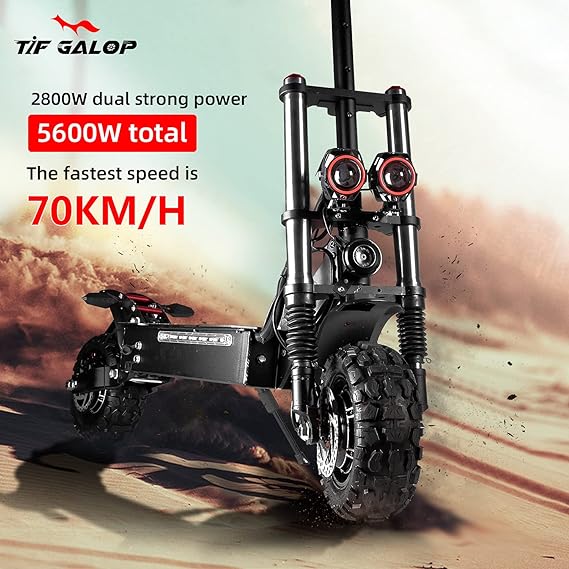I. What to do if the scooter burns oil
Generally speaking, burning oil in a scooter can result from various situations, such as the deterioration of the oil seal due to prolonged use of rubber, among other causes. In this scenario, the observable phenomenon is the production of black smoke as soon as the motorcycle exhaust pipe is started. The solution to this issue is to visit a repair shop and replace the aging parts mentioned above.
While driving, the motorcycle’s cylinder block and piston must operate at high speeds, converting gasoline consumption into kinetic energy output. If the cylinder block and piston experience prolonged wear, it can lead to oil flowing into the combustion chamber of the cylinder body, causing burning oil. The solution, in this case, is to replace the cylinder and piston.
Another possible situation is inadequate sealing of the cylinder block, allowing oil from the chain to enter the cylinder block during driving, resulting in oil burning. This situation is rare and generally not considered.
II. How to judge if the scooter is burning oil
Smoke from the exhaust pipe: If the scooter is experiencing oil burning issues, the exhaust pipe will exhibit obvious smoking, typically with a blue color. Therefore, the presence of blue smoke from the exhaust pipe indicates a burning oil problem.
Excessive consumption of lubricating oil: Even if some models do not emit a significant amount of blue smoke from the exhaust pipe during oil burning, there will be a noticeable increase in lubricating oil consumption. If the lubricating oil level drops rapidly within a short period, it signals a current oil burning problem.
Spark plug condition: If the spark plug is frequently damaged or blackened, it can be reasonably concluded that there is a mild oil burning fault.
III. How to prevent scooter burning oil
To avoid scooter burning oil, develop good driving habits, and opt for high-quality oil whenever possible. In the case of older vehicles, consider using oil with slightly higher viscosity to enhance sealing between the piston and the cylinder wall. Regularly check the oil dipstick and replace the oil and oil filter on a routine basis.

